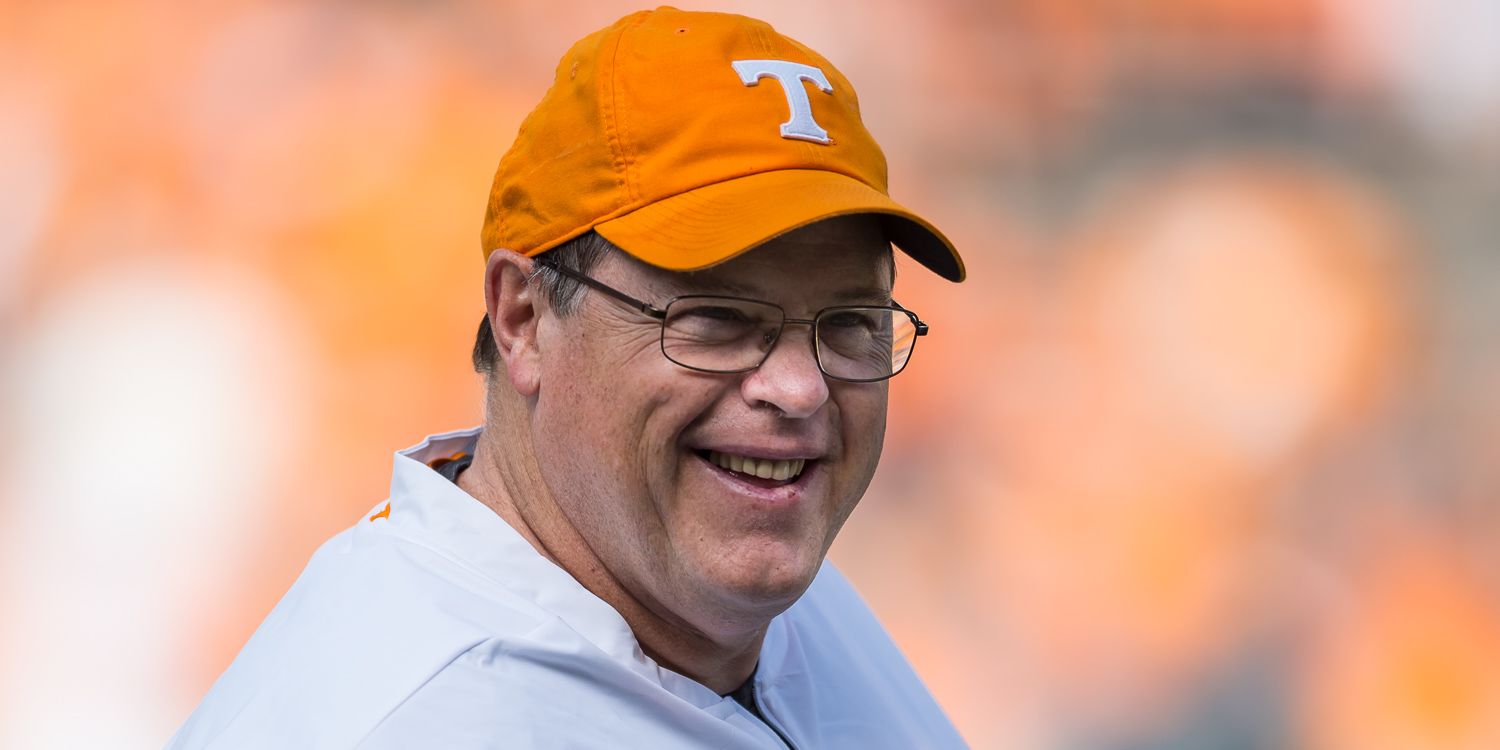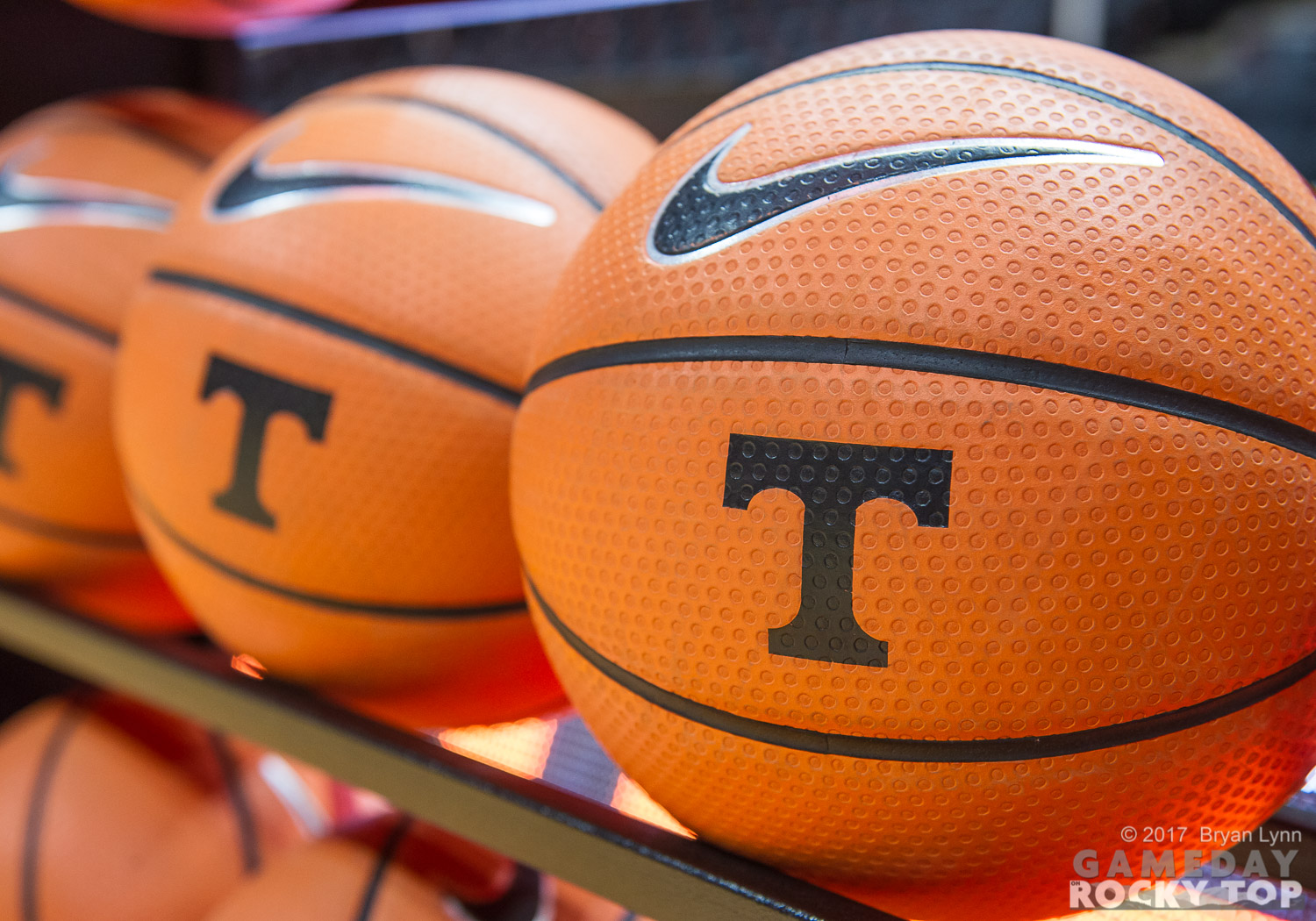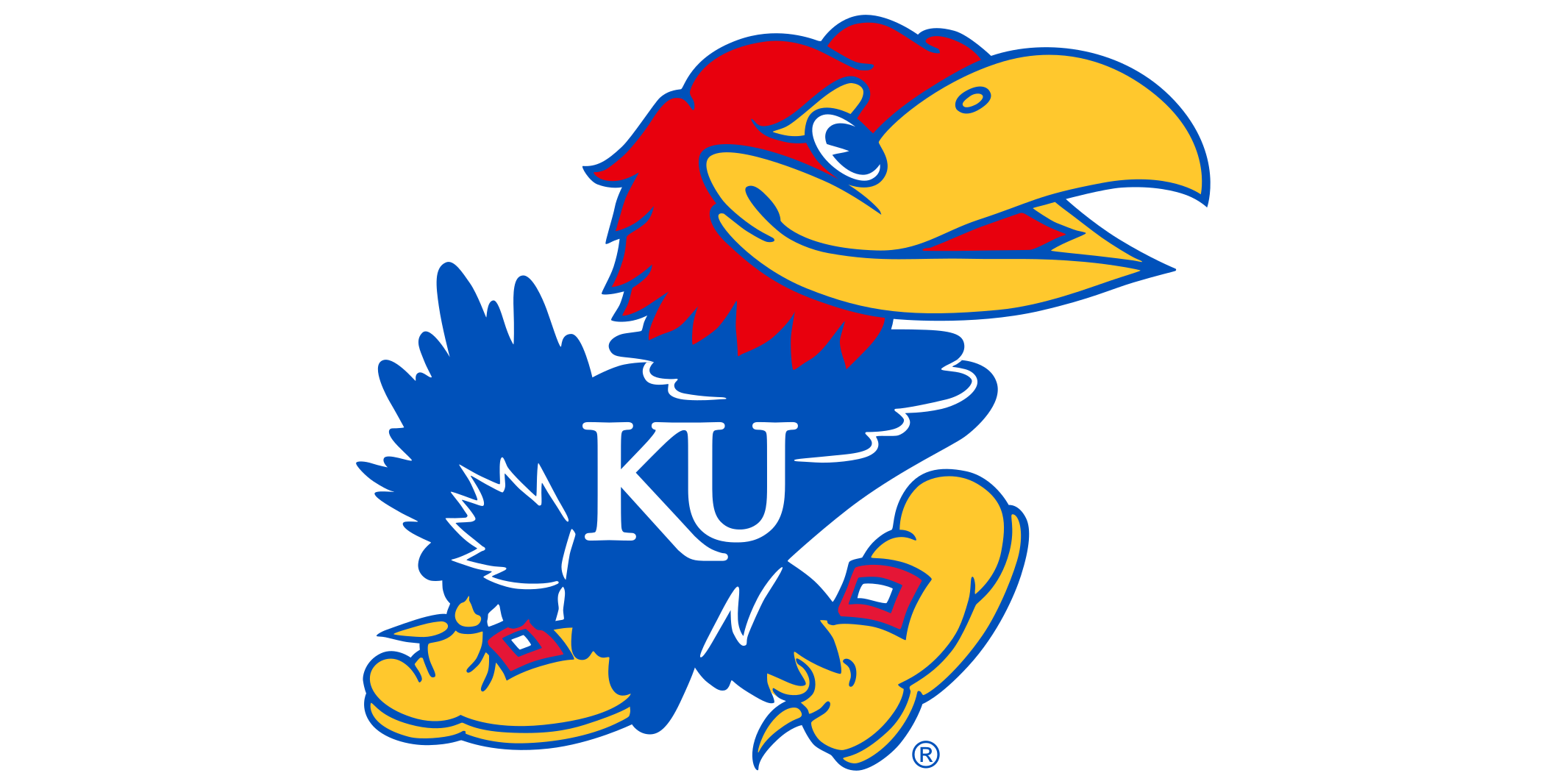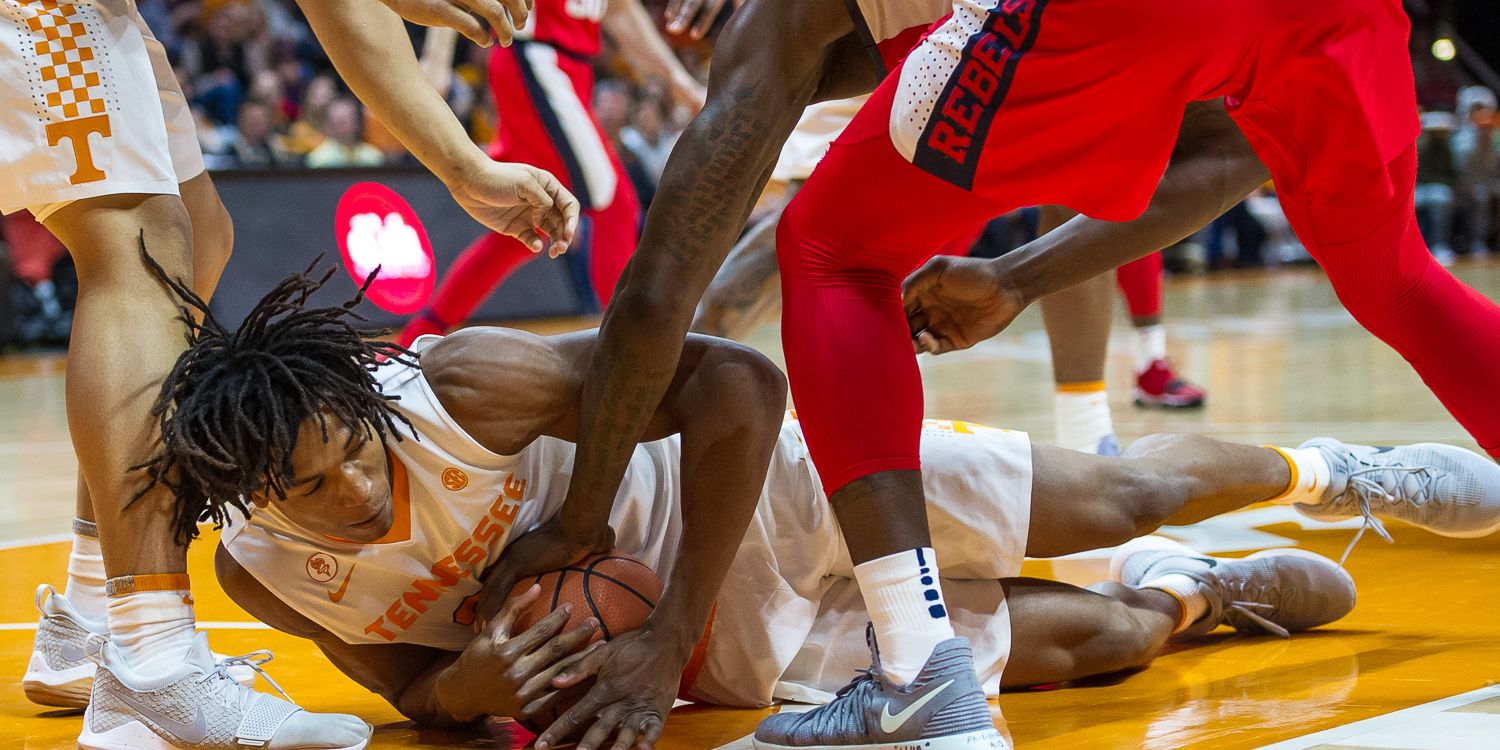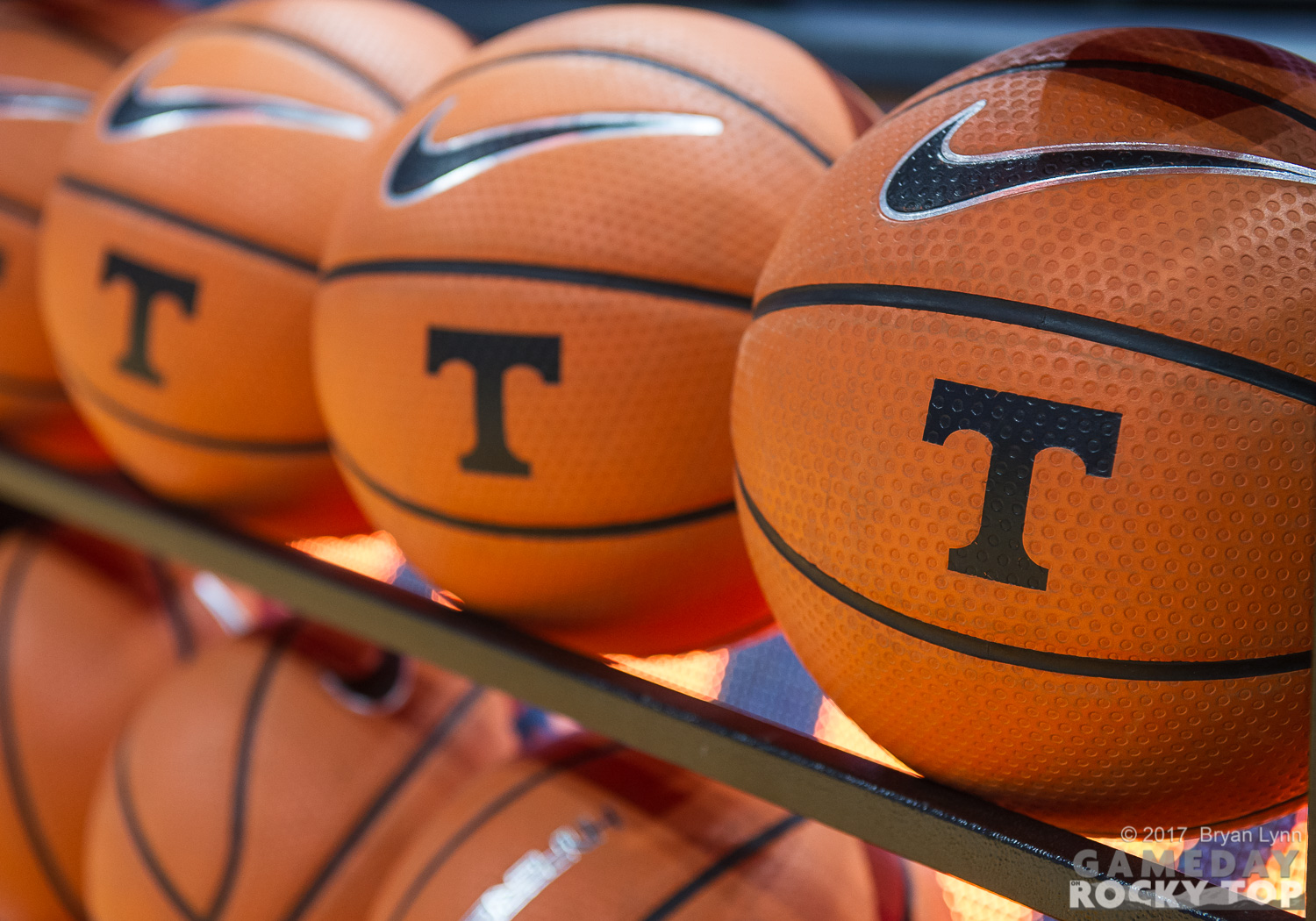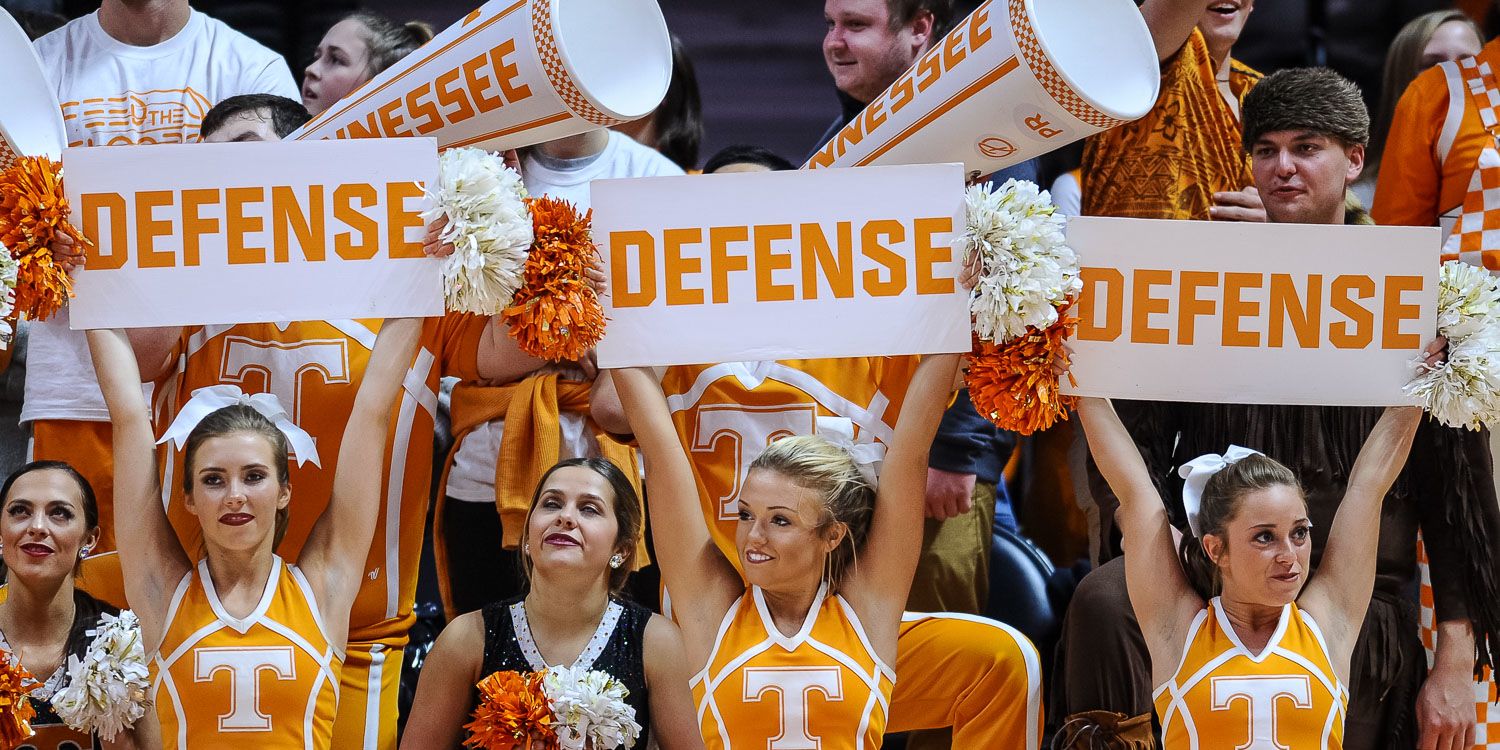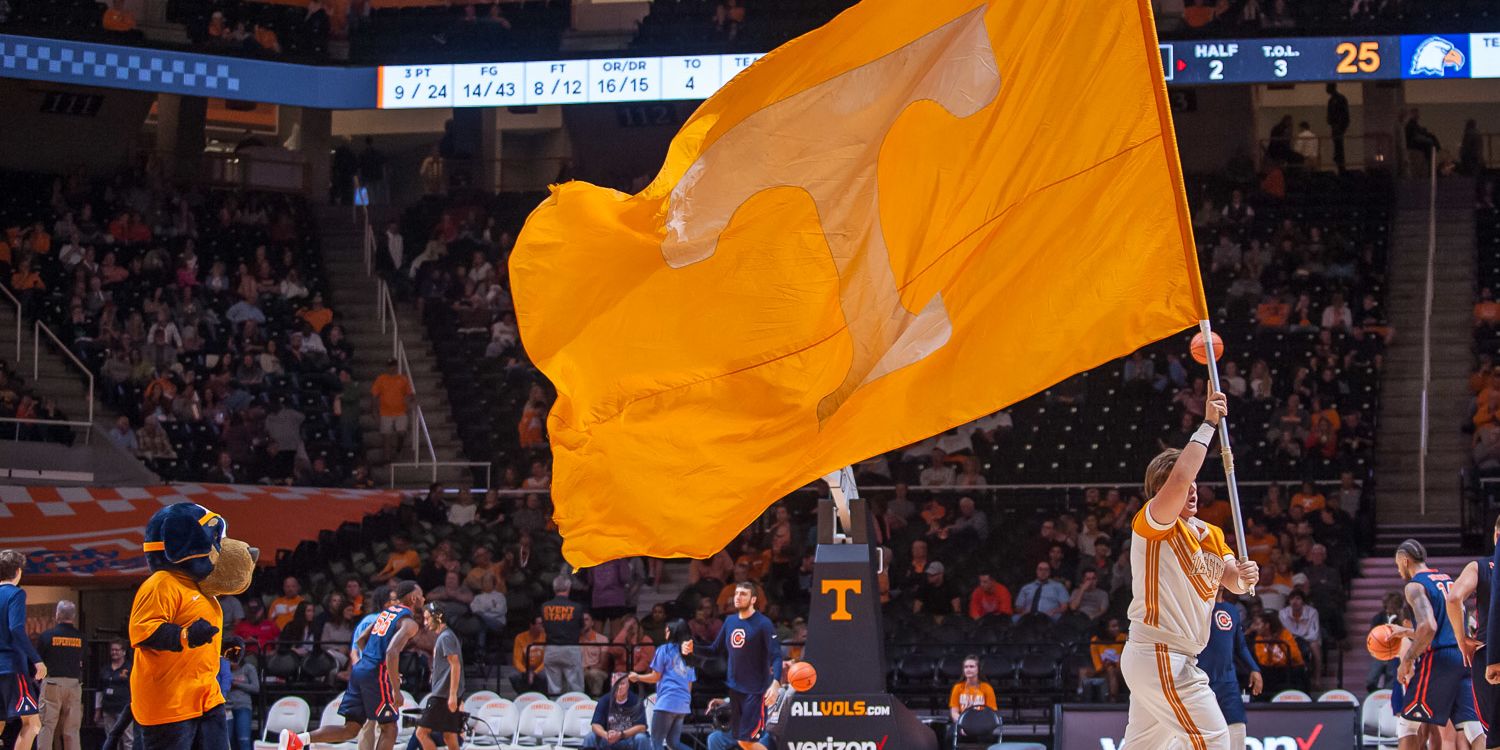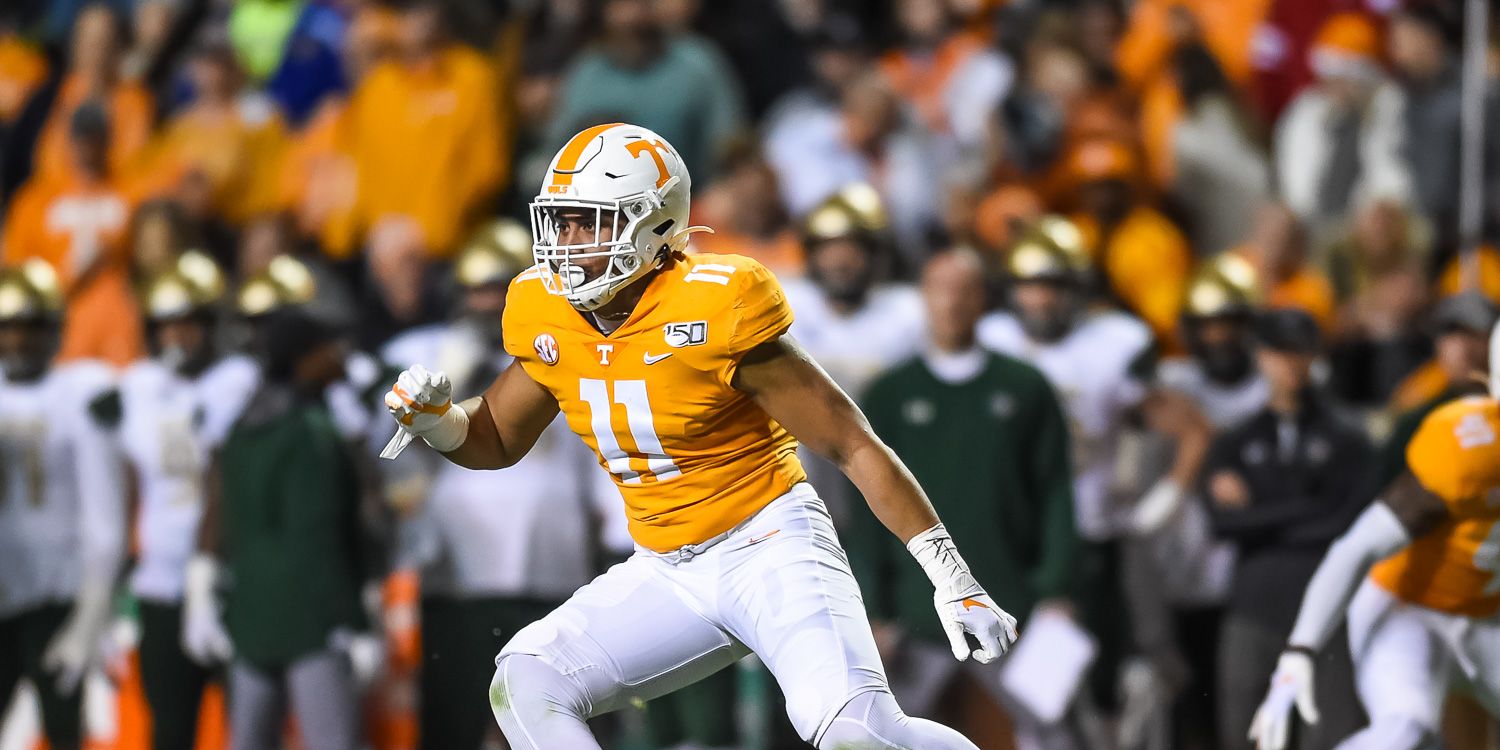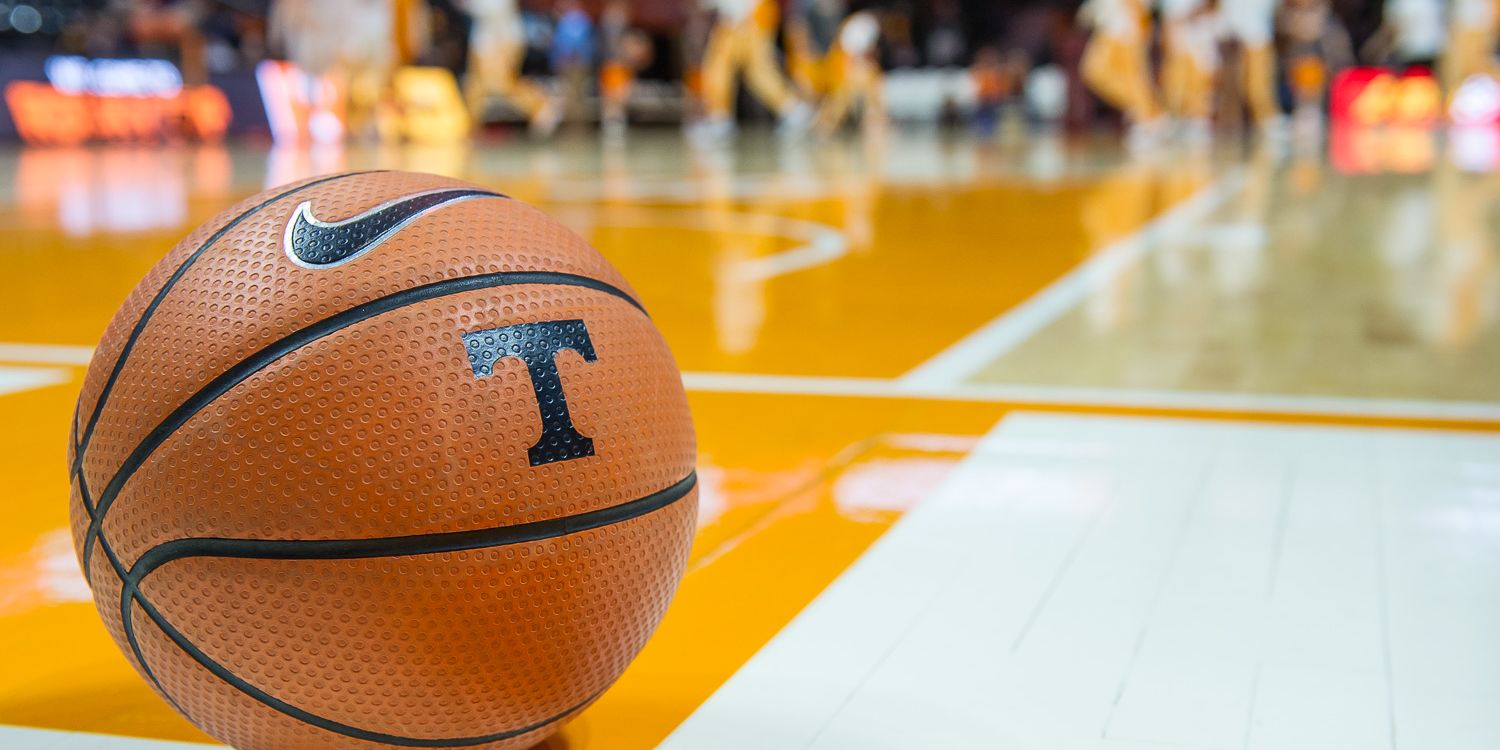With the news of Jay Hardy in fact signing with Auburn during December’s early signing period, that removes any chance the Vols can land the instate DL standout. And while that’s disappointing from a talent perspective, not only does the way he handled his recruitment confirm that Coach Jeremy Pruitt dodged a major character risk bullet but it also allows the staff to move on and concentrate on the few remaining prospects on the board. Interestingly, and likely only coincidentally, those handful of players still on the board (unless someone new pops up in the next 2.5 weeks) are all on offense. For Pruitt, a former elite Defensive Coordinator who has revamped Tennessee’s defense during his two seasons in Knoxville, this surely must feel strange. However, given how strong the Vols defensive immediate and long-term future looks he’s likely at least partially ok with it. Further, when one looks at the offensive proclivity of the recent college football champions, with LSU being the most recent and most extreme example, and even most of not all of the playoff teams, it’s clear that the old adage that defense wins championships is not necessarily true. So as the Vols look to close out their 2020 class strongly, it looks like they’re taking an offense-first approach, which is exactly what this roster needs.
We’ve pushed for more playmakerson offense throughout the cycle. Since the early signing period ended Tennessee has added former 4-star WR Velus Jones from USC as a 1-year grad transfer as well as former 4-star Nebraska ATH Miles Jones as a walk-on. This past weekend Tennessee hosted TE/WR Dee Beckwith and FSU commitment Malachi Wideman, and all indications are that the Vols are in very deep for both prospects. Beckwith is a Kyle Pitts clone – a big, agile WR masquerading in a TE body with the kind of explosiveness that one rarely sees in that sort of 6’5 frame. He’s simply put the kind of player the Vols don’t have on the roster. Wideman is, even more than Beckwith, a freak. At 6’5 and with the kind of athleticism to make him a Top 100 basketball prospect to go with his Top 50 ranking on the gridiron, Wideman would be the absolute cherry on top of what is already a strong WR class. This weekend the Vols will host WRs Ger-Cari Caldwell and Ladd McConkey (unofficially), with Caldwell a South Carolina lean going into the weekend and McConkey seemingly waiting on a Vol offer. They are different kinds of prospects, with Caldwell more of a big bodied WR and McConkey profiling as a Slot WR. In a major turn of events 5-star RB Zach Evans will also officially visit Knoxville this weekend. Evan’s recruiting saga is well known, and until things get more serious between him and the Vols it’s not super worthwhile to delve too deeply here. Suffice it to say that Evans, if he can mature and put his past transgressions behind him, would be a program-changing type of RB.
We’ve also highlighted the strong offensive line class the Vols have put together. The Vols have added to that with the much-hyped transfer of former UGA stalwart Cade Mays, and this past weekend also hosted fast-rising Southern Mississippi commitment Dylan Spencer. Spencer, who just finished his first season on the offensive line after transitioning from defense, earned 1st team all state honors in MS and also showed out during AL/MS Game practices. At 6’3, 300 pounds, the Vols think he can play Offensive Tackle which is a position that the Vols haven’t found anyone for this cycle after hitting two homeruns last year in Wanya Morris and Darnell Wright. Spencer is likely not at the very top of Tennessee’s list at the moment, and he’s got offers from Mississippi State (visiting there this weekend) and Missouri among a few others, so he might decide he doesn’t want to wait on the Vols. That’s something to keep an eye on.
Finally, we’ve made the case for Tennessee signing as many prospects as possible in this class due to the need to get the overall talent AND depth in the program up to par to truly contend for championships. With the high-quality transfers and how the Vols appear to be approaching the final signing period – setting themselves up to have multiple prospects want to jump in the boat – that does appear to be the direction Pruitt is taking. Whether that pans out or not remains to be seen and will depend on who wants in and when.
This weekend in Knoxville Tennessee will look to knock Evans’ and Caldwell’s visits out of the park and evaluate what they want to do with McConkey (who is currently scheduled to OV to UGA next weekend, and they have in fact offered). At the same time, they’ll be keeping an eye on Wideman’s visit to Oregon and Beckwith’s visit to Florida, hopefully communicating with those prospects as much as is allowed. Once the dust settles from all of the visits, Tennessee will be able to assess where they are with these targets and strategically use assistant coaches’ and more importantly Pruitt’s inhome visits this next week before the final dead period begins. The hope here is that the landscape has an orange hue to it, with a bigtime focus on closing with the kind of offensive talent that can take the program to the next, championship contending, level.
